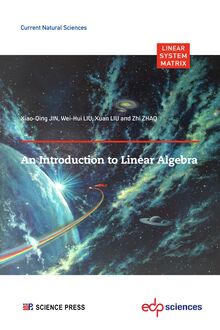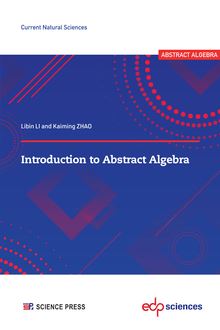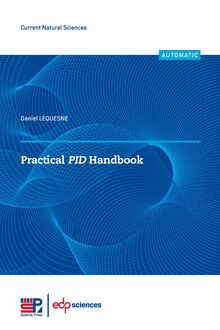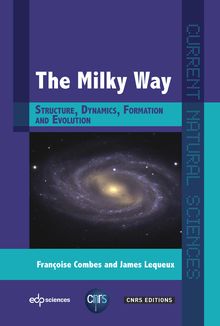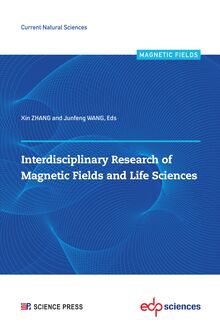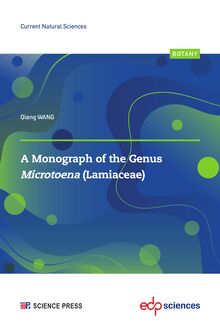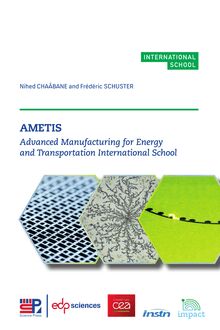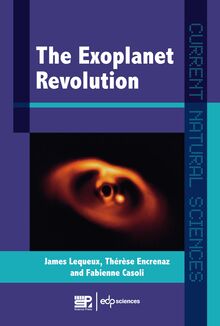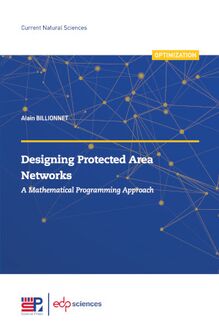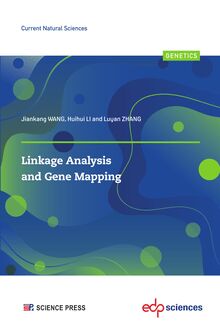Exercise book on Aromatic Nitrogen Heterocycles Chemistry , livre ebook
232
pages
English
Ebooks
2023
Obtenez un accès à la bibliothèque pour le consulter en ligne En savoir plus
Découvre YouScribe et accède à tout notre catalogue !
Découvre YouScribe et accède à tout notre catalogue !
232
pages
English
Ebooks
2023
Obtenez un accès à la bibliothèque pour le consulter en ligne En savoir plus
Publié par
Date de parution
09 mars 2023
Nombre de lectures
1
EAN13
9782759830824
Langue
English
Poids de l'ouvrage
10 Mo
Heterocyclic chemistry is one of the largest branches of chemistry. Heterocycles play major roles in important fields such as medicinal and pharmaceutical chemistries, agrochemicals or polymers. A good understanding of the comparative reactivity of simple five- and six-membered rings, i.e. pyrrole vs pyridine type rings, makes it possible to approach or predict the reactivity of more complex heterocycles.
This book is a compilation of exercises, mostly adapted from published works. For more clarity we have chosen to limit ourselves to nitrogen containing heterocycles. The book is mainly aimed to Master students, but it will also be of interest for anyone who wants to train in this important field of synthetic chemistry. The book is organized in five sections. In the first chapter, typical syntheses along with metal catalyzed pathways are presented. The two following chapters are devoted to the chemical reactivity of the six-membered (pyridine, quinoline, azines) and five-membered rings (pyrrole, indole, azoles). In these two chapters, the exercises of increasing difficulties focus on the main types of reactions, including electrophilic and nucleophilic aromatic substitutions, N-alkylation and N-arylation, lithiation and other organometallic reactions, and metal catalyzed cross-coupling reactions. In the fourth chapter, the principles discussed in the previous chapters will be applied to the chemistry of complex polycyclic heterocycles containing both five and six membered rings (pyrrolyl-pyridine, aza-indole, indolizine, purine).
The exercise solutions are commented in a separate chapter at the end of the book. Basic notions of nomenclature are given in a short appendix, allowing students to find out a ring structure from its name.
Abréviations.................................................................. .................................................. ...............7
Chapitre 1 Synthèses ................................................................ .................................................. ....11
1.1Les points-clés à retenir.................................................. .......................................11
1.2 Synthèses non catalysées par des métaux ....................................................... 13
1.3 Synthèses catalysées par des métaux ........................................................................24
Chapitre 2 Réactivité des hétérocycles à six chaînons...................................................... 35
2.1Points-clés à retenir ........................................................................................35
2.2 Réactions typiques......................................................................................36
2.3 Applications aux hétérocycles d'intérêt – Synthèses multi-étapes......................... 53
Chapitre 3 Réactivité des hétérocycles à cinq chaînons......................................... ...... 57
3.1Points-clés à retenir..............................................................................................57
3.2 Réactions typiques............................................................................................58
3.3 Applications aux hétérocycles d'intérêt – Synthèses multi-étapes............................ 68
Chapitre 4 Réactivité des polyhétérocycles contenant à la fois des cycles à cinq [1] et à six chaînons.................................73
4.1Points-clés à retenir.................................................................................73
4.2 Réactions...................................................................74
Chapitre 5 Réponses ..................................................................................99
5.1Synthèses........................................................................................................99
5.2 Réactivité des cycles à six chaînons................................................................ 132
5.2.1Points importants à garder à l'esprit .............................................................. 132
5.2.2 Réactions typiques..............................................................................133
5.2.3 Applications aux hétérocycles d'intérêt – Synthèses multi-étapes.............. 161
5.3 Réactivité des anneaux à cinq membres .......................................................167
5.3.1 Réactions typiques ................................................................................167
5.3.2 Applications aux hétérocycles d'intérêt – Synthèses multi-étapes ......................183
5.4 Réactivité des polyhétérocycles contenant à la fois des cycles à cinq et à six chaînons .188
Liste des livres et critiques .................................................. .............................................223
Annexe Notions de base de nomenclature ou comment trouver la bague structure de son nom .................................227
Publié par
Date de parution
09 mars 2023
EAN13
9782759830824
Langue
English
Poids de l'ouvrage
10 Mo

